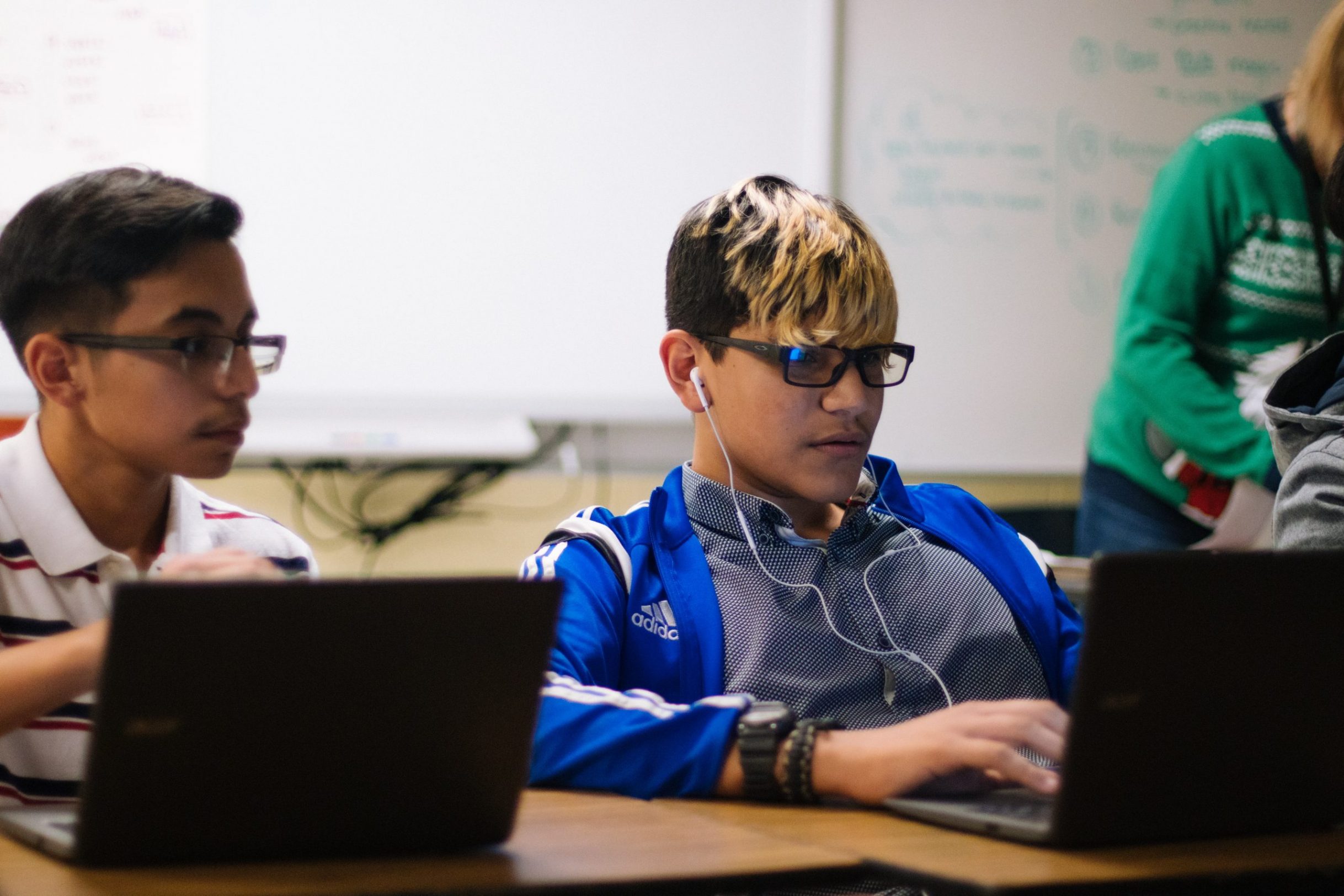With many school buildings closing their doors for much of 2020 and 2021 due to the pandemic, teachers and students had to make radical adjustments in the way learning happened. The shift to remote learning laid bare the inequities and fissures that exist in many school systems, as educator teams across the country struggled with creating a one-size-fits-all learning experience virtually.
Earlier this year, we held a virtual discussion with the eight organizations selected as part of the Personalized Learning Initiative (PLI). We reflected on the experiences of this past year in education to determine how we can leverage the federal government’s unprecedented investment in American education and usher in a more equitable future of learning. Amidst the challenges of the last year, the social entrepreneurs noted a few moments of light:
- Schools that were, prior to the pandemic, already collaborating with organizations focused on supporting the unique needs, interests, and strengths of each learner were better able to adapt to the turbulence of the last year.
- Schools that were already implementing personalized and competency-based approaches could pivot to the virtual environment more quickly.
- Schools that already invested in deep relationship-building with their students and families maintained high attendance rates and sustained strong relationships.
Get Closer: Examples of How Innovative Thinking Leads to Resiliency
From virtual home visits to assess social-emotional needs of each student and regular engagement with parents to multi-grade classrooms and mastery-based grading, organizations in the PLI cohort shared examples of how student-centered approaches led to greater resiliency during a time of disruption. Learn about those examples in this blog post.
Throughout this past year, it has become clear that the tenets at the basis of personalized learning are essential to learning engagement. This clarity has provided a path for redesigning the future of learning and our education system more broadly. Specifically, we can return from the COVID-19 pandemic with:
- A commitment to comprehensive student development: As schools navigated the changing landscape of the pandemic, there was an increased focus on the physical and mental health of students and educators. Even while schools navigated classes online, educators could intentionally create opportunities to build relationships differently with students and families. Teachers could use private chat to see how a student was doing without the student needing to reach out and ask for help. And teachers were able to get to know students’ families in a way they never could before.
- An increased appetite for innovation at the macro and micro levels: We saw a mindset shift in how schools thought about their work: “planning for learning” rather than “planning for teaching.” We also saw a broadened understanding of learning taking place throughout the community, not just in school buildings. In policy, we saw an increased demand for innovation zones, alternative pathways to graduation, seat time flexibility, and pauses on existing assessment and accountability systems while reconsidering their overall purpose and efficacy in educational systems.
- Deep partnerships between students, communities, families, and schools: Teachers and parents across the country found new and different ways to partner in the design of learning experiences. Moving forward, schools and families have the opportunity to work together to pursue educational redesign processes that focus on comprehensive student development and increased responsiveness to students’ diverse assets, needs, interests, and aspirations.
- An explicit call for racial equity and justice work in schools: We know that our systems, by design, have not served students and families equitably. Schools are deepening their focus on racial identity development, holding themselves accountable for equitable access and outcomes, supporting families in new ways, and providing identity-affirming educational experiences for their students.
